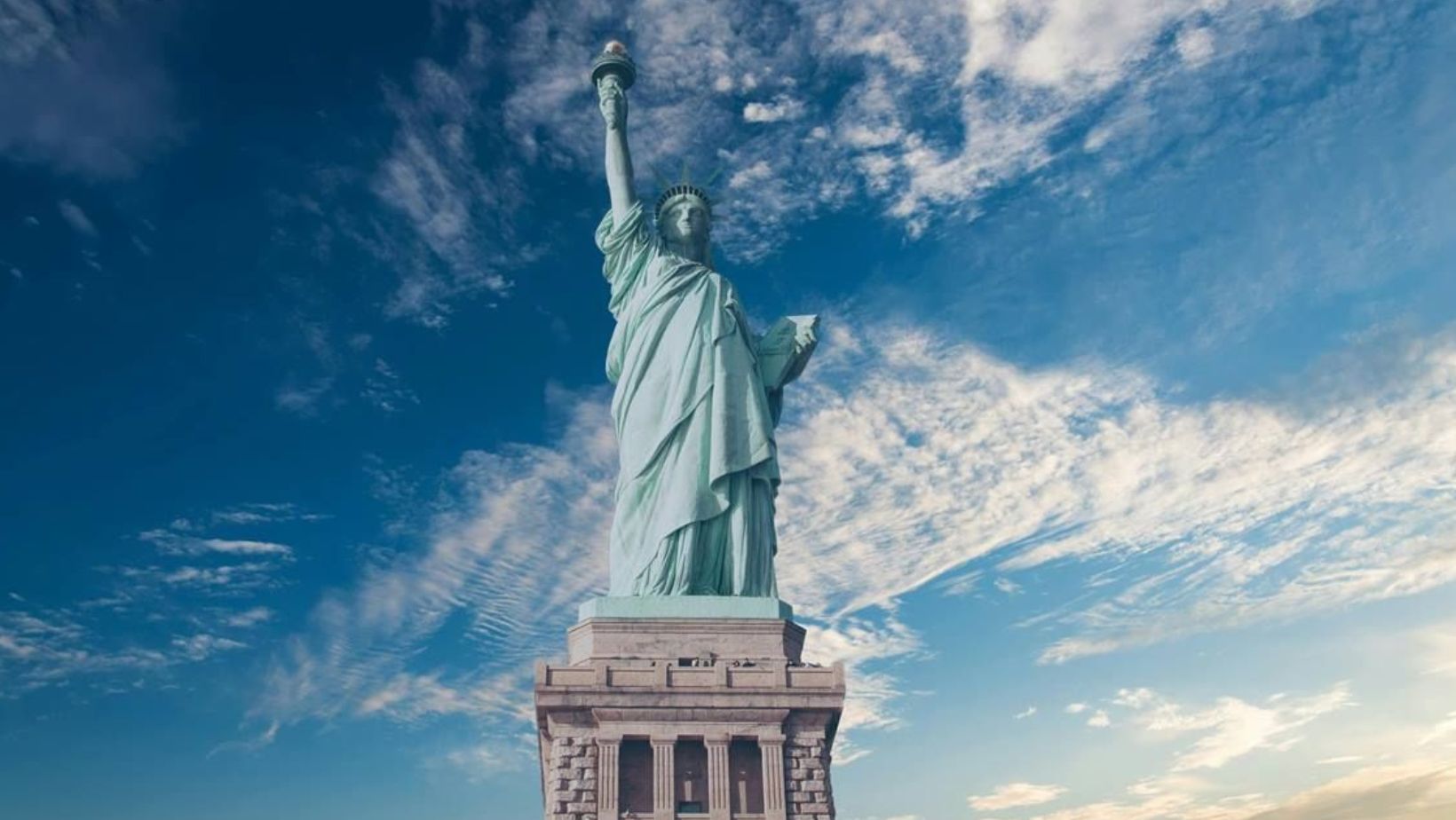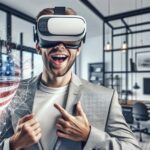
The United States has long been a magnet for global talent, offering unparalleled opportunities for career growth, innovation, and professional development. For skilled professionals with advanced education, extensive work experience, or unique skills, employment-based immigration to the U.S. remains a viable pathway to achieving long-term career goals. In 2025, the U.S. immigration system continues to prioritize highly skilled workers, particularly in fields such as technology, healthcare, and academia, but navigating the process requires strategic planning and an understanding of evolving requirements. This article examines the major visa categories-EB-1, EB-2, and O-1-available to skilled workers, their requirements, processing times, and the trends shaping skilled worker immigration in 2025, including the critical aspect of EB-2 processing time.
Overview of Employment Immigration Paths
Professional immigration to the U.S. typically involves employment-based visas leading to permanent residence (green card) or temporary work authorization. The EB-1 and EB-2 visas are immigrant visas that offer a direct path to permanent residence, while the O-1 visa is a non-immigrant option for individuals with extraordinary ability. Each visa addresses different professional profiles, with specific eligibility criteria and procedural nuances. In 2025, the U.S. continues to prioritize STEM (science, technology, engineering, and mathematics) professionals, innovators, and those who contribute to the national interest, driven by economic and technological needs.
EB-1 Visa: For Exceptional Talent
The EB-1 visa is one of the most prestigious immigration pathways, designed for individuals with “extraordinary ability” (EB-1A), outstanding professors and researchers (EB-1B), or multinational executives and managers (EB-1C). This visa does not require a labor certification, making it a faster route to a green card than other employment-based categories.
Eligibility Criteria
- EB-1A (Extraordinary Ability): Applicants must demonstrate sustained national or international recognition in fields such as science, the arts, education, business, or athletics. They must meet at least three of ten criteria, including awards, media coverage, or significant contributions to their field. No job offer is required, allowing self-petitioning.
- EB-1B (Outstanding Professors/Researchers): This category requires international recognition and at least three years of teaching or research experience. Applicants must meet at least two of the six criteria, such as major awards or published works, and have a job offer from a U.S. employer.
- EB-1C (Multinational Executives/Managers):Aimed at executives or managers who have been employed abroad for at least one year by a company with a U.S. subsidiary, this category requires a job offer and evidence of a managerial role.
Processing Time and Trends
In 2025, EB-1 processing times will typically range from 9 to 12 months for standard petitions, with premium processing reducing this to 15-30 days for an additional fee. USCIS has streamlined the EB-1B process for researchers in high-demand fields such as artificial intelligence and biotechnology, reflecting the nation’s focus on innovation. However, increased scrutiny of EB-1A petitions requires robust documentation to prove extraordinary ability, and rejection rates are rising due to increased competition.
EB-2 Visa: For Skilled Workers and National Interest
The EB-2 visa is intended for professionals with advanced degrees or extraordinary ability, including the National Interest Waiver (NIW) option, which waives the labor certification requirement if the applicant’s work will significantly benefit the United States.
Eligibility Criteria
- EB-2A (Advanced Degree): Applicants must have a master’s degree or higher (or a bachelor’s degree with five years of progressive experience) and a job offer with a labor certification, unless applying for an NIW.
- EB-2B (Extraordinary Ability): Requires evidence of extraordinary ability in the sciences, arts, or business through at least three of seven criteria, such as academic records, professional licenses, or high salary. A job offer and labor certification are usually required, except in NIW cases.
- EB-2C (National Interest Waiver): Applicants must demonstrate that their work has substantial merit and national significance, and that waiving labor certification will serve the national interest of the United States. This requires a detailed project plan and evidence of past success.
Processing Time and Trends
EB-2 processing times in 2025 vary widely. Standard processing can take 12-18 months, while premium processing (not available for NIW) reduces this to 15 days for eligible cases. The NIW category has seen increased scrutiny from USCIS, with approval rates dropping to around 80% in 2024 due to a tightened interpretation of “national interest.” Applicants must provide clear, measurable evidence of impact, such as contributions to critical sectors like cybersecurity or public health. The focus on STEM professionals continues, but interdisciplinary applicants face challenges in demonstrating relevance across fields.
O-1 Visa: For Extraordinary Ability (Nonimmigrant)
The O-1 visa is a non-immigrant option for individuals with extraordinary ability or achievement in the sciences, arts, education, business, athletics, or the motion picture and television industries. It is ideal for professionals seeking temporary work authorization in the United States.
Eligibility Criteria
Applicants must meet at least three of eight criteria, similar to EB-1A, such as awards, media coverage, or leadership roles in respected organizations. Unlike EB-1, O-1 requires a U.S. employer or agent to sponsor the petition. The visa is initially issued for three years, with possible extensions.
Processing Time and Trends
O-1 processing typically takes 3-4 months, with premium processing reducing this to 15 days. In 2025, the O-1 remains one of the more accessible visas for creative professionals, including artists, musicians, and tech innovators. Its flexibility makes it a popular choice for those not yet ready for permanent residency. However, the requirement for a U.S. sponsor limits its use for freelancers.
Challenges to Professional Immigration
Despite the opportunities, professional immigration in 2025 presents several challenges:
Stricter scrutiny and documentation: USCIS has tightened requirements across all visa categories, demanding detailed evidence of accomplishments and their relevance. For EB-1 and EB-2 NIW, vague or generic claims are increasingly being rejected.
Increased fees and costs: USCIS fees for visa petitions, including I-140 forms, have increased by 20-30% in 2025, with additional legal fees averaging $10,000 or more.
AI and Biometric Screening: Increased use of AI and biometric screening means applicants must ensure error-free documentation, as discrepancies can lead to automatic denials.
Competition and Quotas: Annual visa quotas, reset in October, limit availability, particularly for EB-2, and increase wait times for certain nationalities.
Political Uncertainty: Potential changes under the current administration may affect visa processing, particularly for the EB-2 and EB-3 categories, although specific effects remain speculative.
Strategies for Success
To maximize the chances of success, professionals should employ the following strategies:
- Comprehensive documentation: Gather solid evidence, including awards, publications, letters of recommendation, and media coverage. For NIW, articulate a clear, measurable project plan that aligns with U.S. national interests.
- Legal Expertise: Hire an experienced immigration attorney to navigate complex requirements and avoid mistakes. Firms such as Manilich Law offer customized guidance for EB-2 NIW petitions.
- Language and Cultural Preparation: Strong English skills and cultural adaptability are critical for integration and labor market success.
- Timing and Planning: Apply early in the fiscal year (October) to avoid quota backlogs. Consider premium processing for faster decisions, especially for EB-1 and O-1.
- Alternative pathways: Explore transitioning from O-1 to EB-1 or EB-2 for long-term residency, leveraging temporary work experience in the U.S.
Future Trends and Outlook
In 2025, the U.S. immigration landscape is shaped by a focus on technological innovation and economic growth. Key trends include:
- STEM Prioritization: Demand for IT, AI, and biotech professionals will drive visa approvals, with streamlined processes for EB-1B and EB-2 NIW in these fields.
- Startup-friendly policies: EB-1 and EB-2 NIW are increasingly accessible to entrepreneurs, with clearer guidelines for startup founders in the technology and innovation sectors.
- Digital Processing Improvements: USCIS is investing in digital tools to reduce backlogs, potentially reducing EB-2 processing times by the end of 2025.
- Global Competition: As other countries improve their talent attraction programs, the U.S. is likely to refine its visa policies to remain competitive
Conclusion
Professional immigration to the U.S. in 2025 offers significant opportunities for skilled professionals, particularly through the EB-1, EB-2, and O-1 visas. While the EB-1 provides a fast track for exceptional talent, the EB-2, especially with the NIW, is appropriate for professionals with advanced skills or contributions to the national interest. The O-1 visa offers flexibility for temporary work. However, increased requirements, rising costs, and intense competition require thorough preparation and legal support. By aligning their applications with U.S. economic priorities and seeking expert guidance, professionals can successfully navigate the immigration process and build rewarding careers in one of the world’s most dynamic economies. For the most up-to-date information on visa requirements and processing times, consult resources such as usaimigration.ru or seek professional legal advice.







